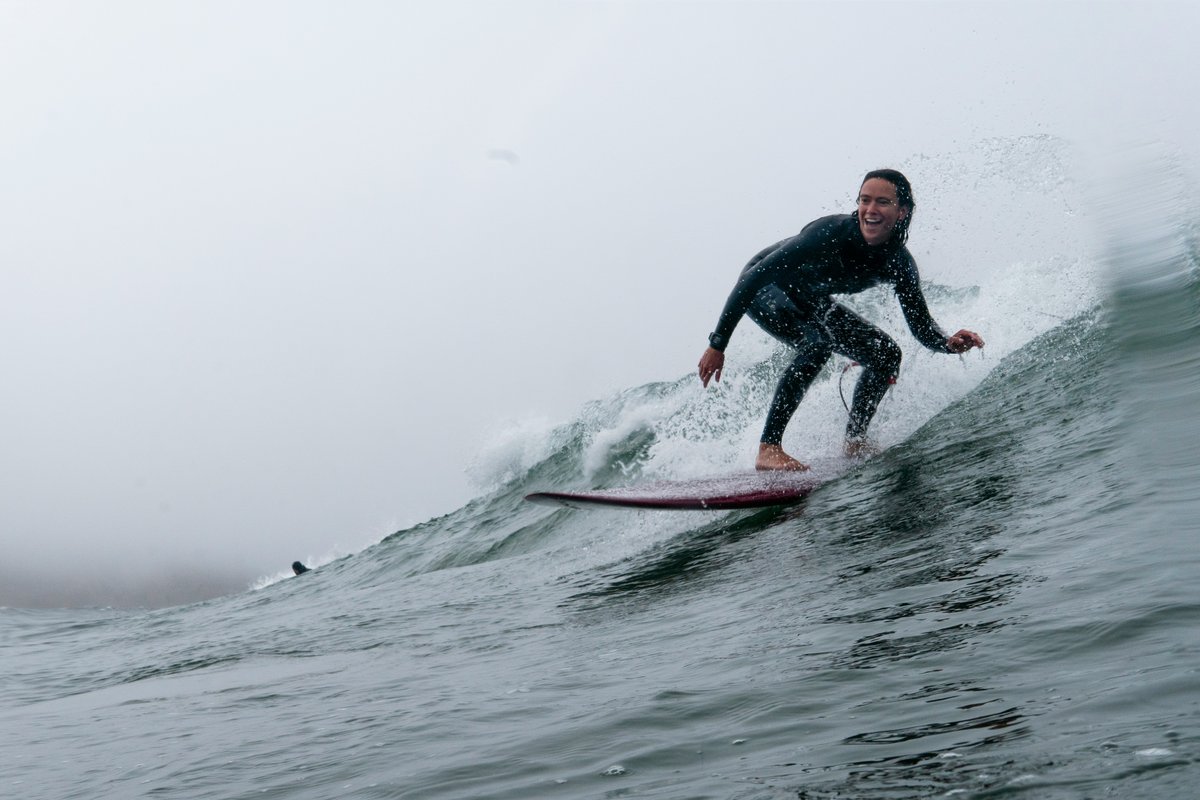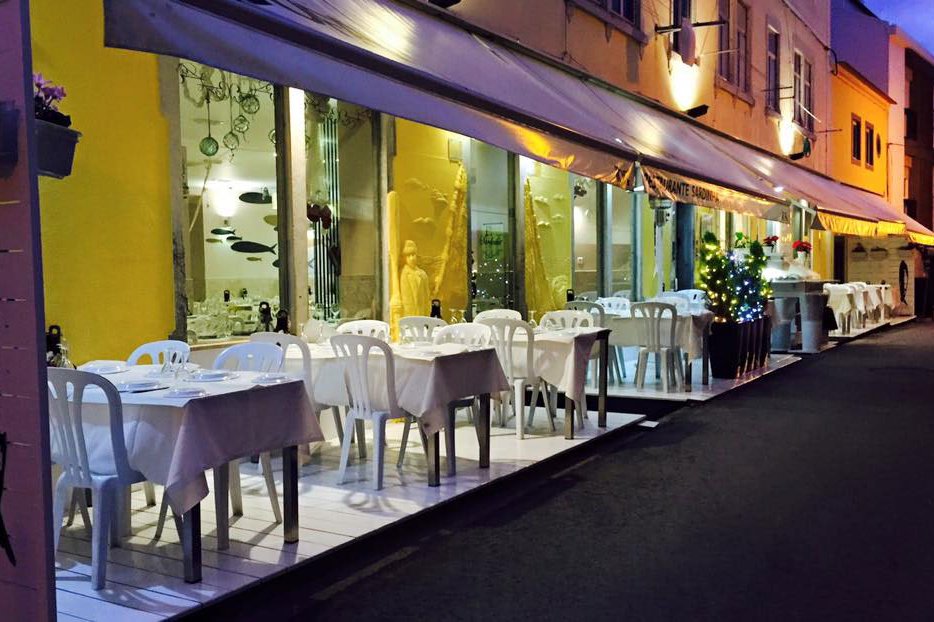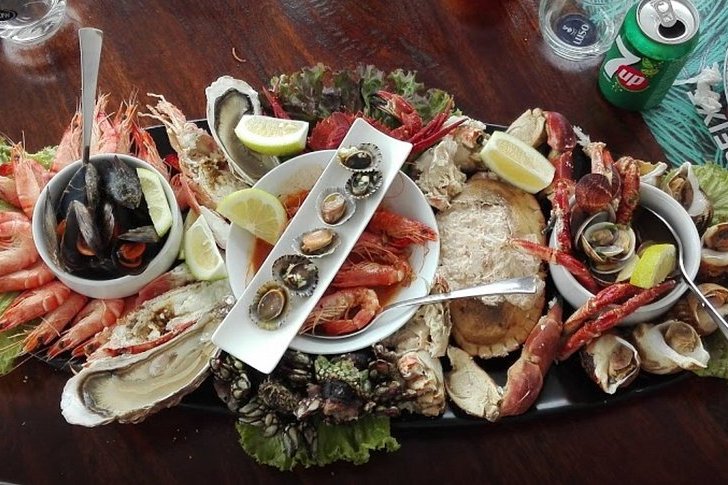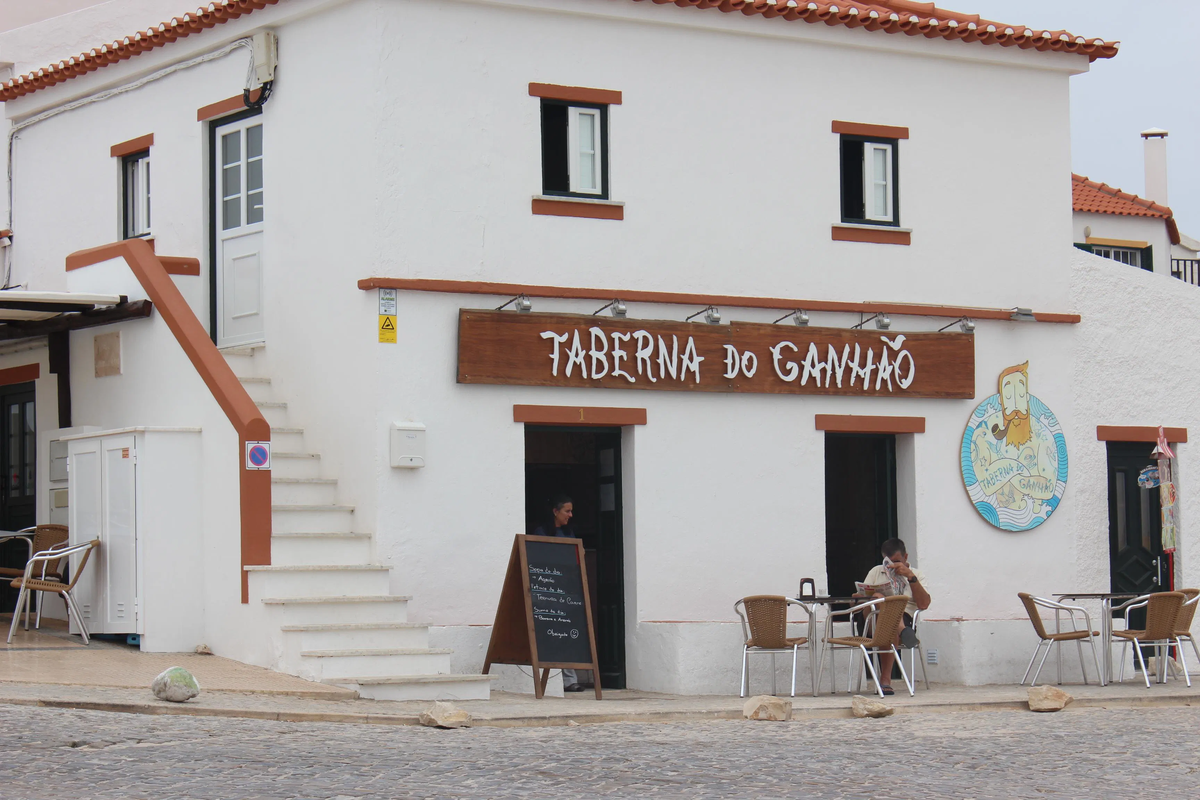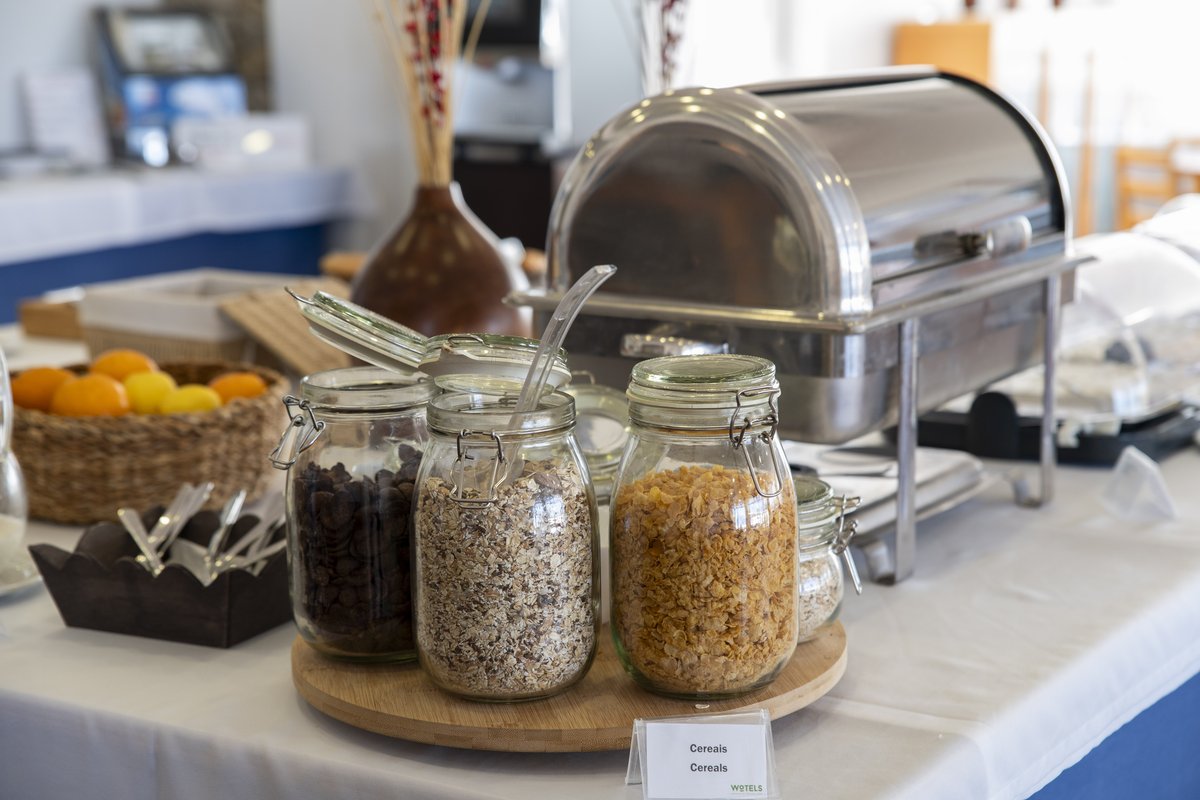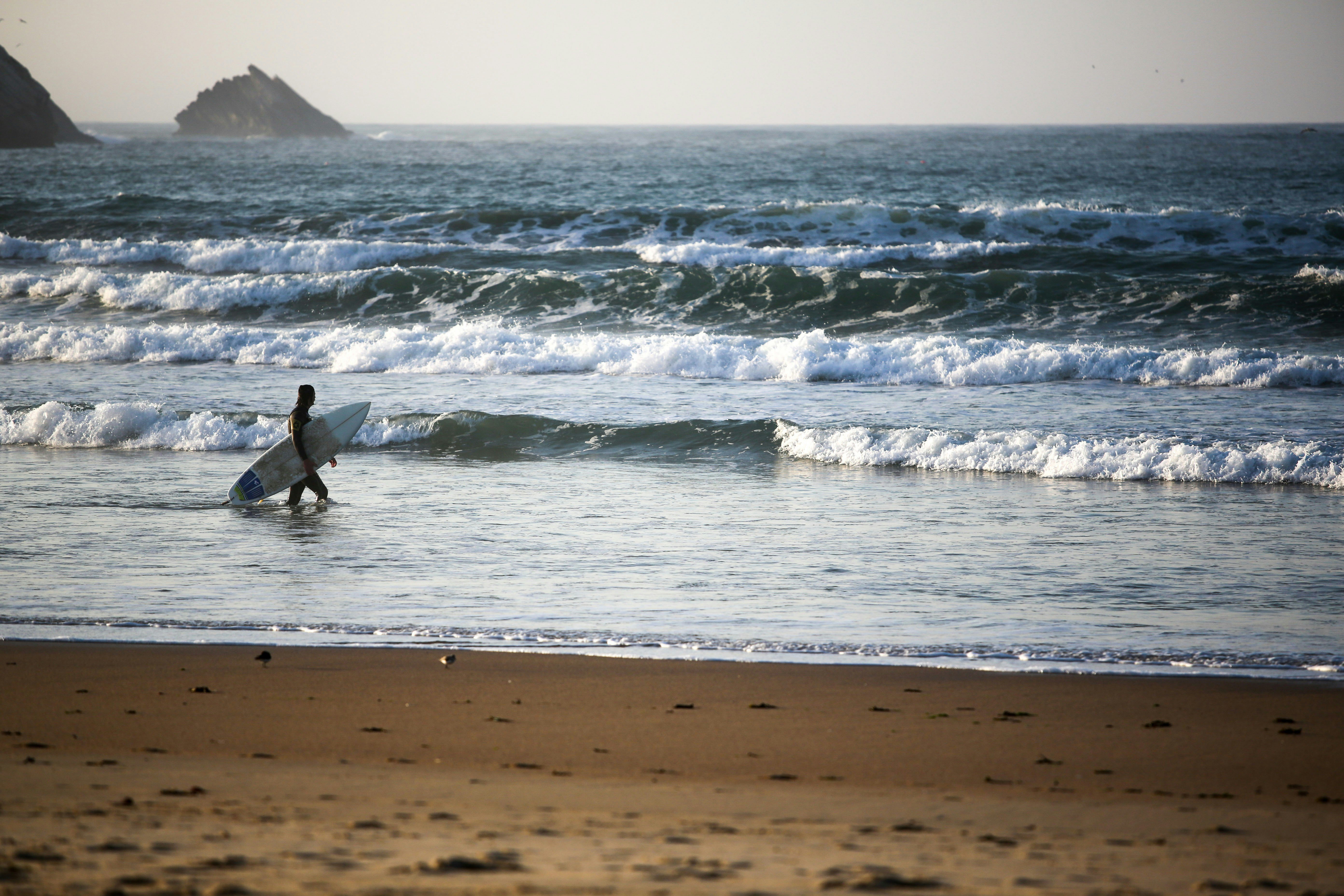

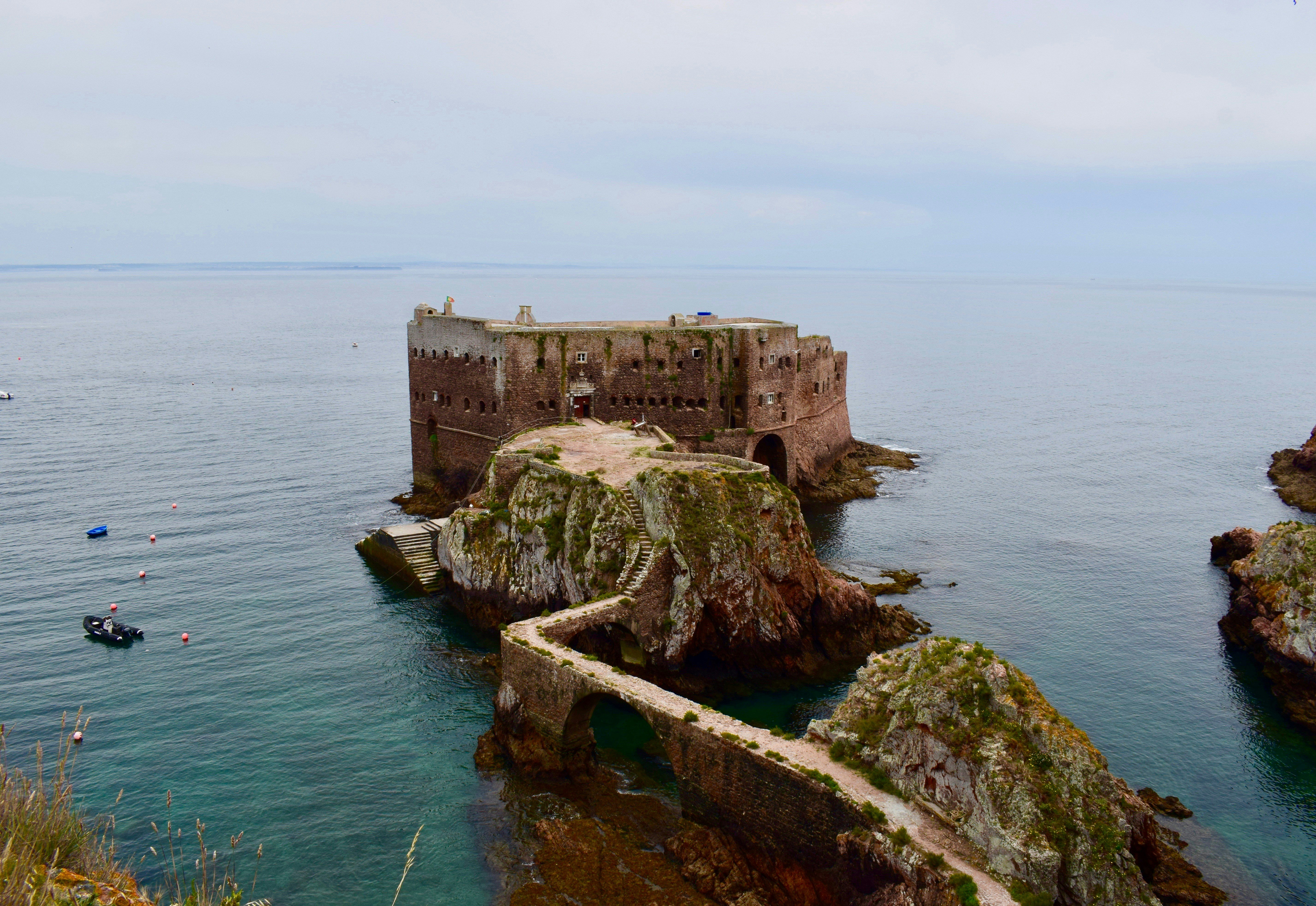

The power of the Atlantic, between tradition and adventure
Peniche is a destination where the sea sets the pace of life. Situated on a rugged peninsula, the city faces the Atlantic, and it is this direct connection with the ocean that shapes its landscape, culture, and spirit. With dramatic cliffs, legendary beaches, and a deep-rooted fishing tradition, Peniche welcomes those seeking raw nature, authenticity, and adventure.
Here, life moves to the rhythm of the waves’ murmur, the sound of boats returning to the harbor, and the constant wind that, even in summer, sweeps through the narrow streets of the town center with an unmistakable freshness. More than just a seaside destination, Peniche is a place with soul—a haven for fishermen, surfers, hikers, geologists, and the curious alike.
How to get there and when to visit
The city is located about 100 km from Lisbon and is easily reachable by car in roughly 1 hour and 30 minutes. There are also daily bus connections departing regularly from the Campo Grande bus station, taking approximately 1 hour and 35 minutes. From Porto, the connection is less direct but possible in about 4 hours and 40 minutes, with at least one direct service daily.
The months from May to September are ideal for visiting Peniche, especially for those looking to enjoy the sea or explore nature. The weather is generally dry and sunny, with excellent visibility for the Berlengas. However, the Atlantic wind is a constant presence—so even at the height of summer, it’s advisable to bring a windbreaker or light jacket.
Sea, surf, and legendary coastline
Peniche is one of Europe’s surf capitals, renowned for some of the best waves in Portugal. Supertubos Beach, considered one of the world’s top spots for barreling waves, frequently hosts World Surf League events and attracts professional surfers from every continent. For beginners, there are more accessible beaches such as Prainha, Cova da Alfarroba, and Meio da Baía.
Baleal, a peninsula connected by a narrow isthmus, is one of the region’s most iconic spots—not only for its dramatic beauty but also for its versatility for surfing, as the beaches to the north and south offer different conditions depending on the wind and swell. It’s also a lively area, with relaxed cafés, beach bars, surf schools, and welcoming hostels.
Even for those who don’t surf, it’s possible to join activities like bodyboarding or stand-up paddle lessons, or simply soak in the young, multicultural vibe that surrounds these beaches.


The Berlengas: a world of their own
Located about 6 to 12 km off the coast, the Berlengas Archipelago emerges as a natural refuge of raw beauty. The main island, Berlenga Grande, is accessible by ferry from May to September, with daily departures from Peniche harbor. The crossing takes approximately 30 to 40 minutes and can be booked online or at the ticket offices by the marina.
On the island, well-marked trails lead to the Fort of São João Baptista, an impressive 17th-century fortress built on the rocks and connected to the island by a stone bridge. Visitors can also explore turquoise-water caves on boat tours or go snorkeling in the sheltered coves. Birdwatching is another highlight, as the Berlenga is home to rare species such as the common murre, a seabird similar to a penguin.
The number of visitors is limited each day, a measure aimed at protecting the island’s delicate ecosystem. For this reason, it’s advisable to book in advance, especially during the summer months.
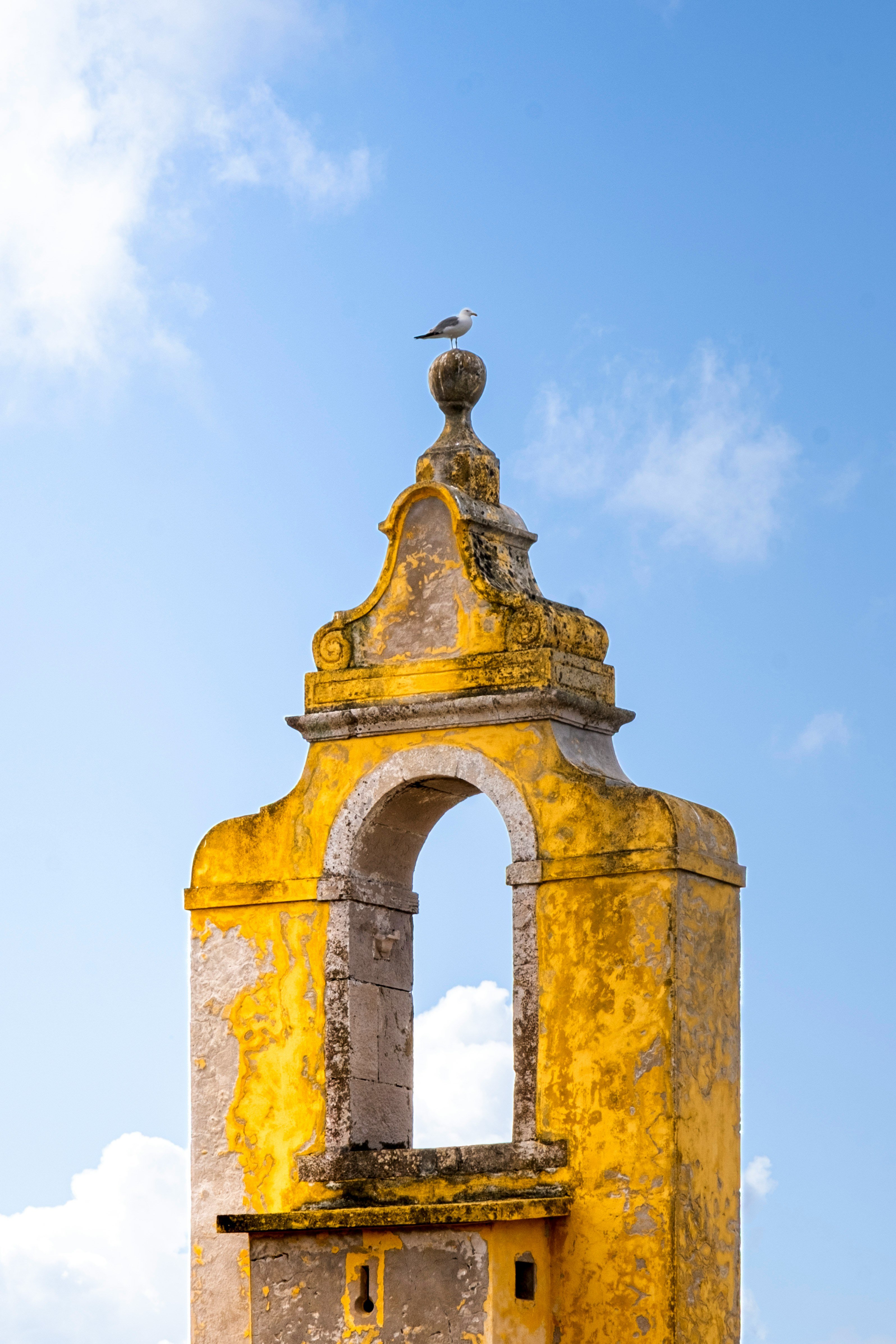

Heritage
The center of Peniche is dominated by the Fortress, built between 1557 and 1570 under the direction of Italian architect Filippo Terzi. Strengthened over the following centuries, it gained significant symbolic weight during the Estado Novo regime, when it was used as a political prison. Today, the site preserves the original cells and houses the National Museum of Resistance and Freedom, with exhibitions on political prisoners and the struggle for democracy in Portugal.
The historic churches are modest in appearance but rich in symbolic value. The Church of Misericórdia, with its Pombaline façade and ornate altarpiece, is one of the most visited. The Church of Nossa Senhora da Conceição, perched on a small hill, offers panoramic views and an interior decorated with traditional tiles.
In addition, Peniche sits atop one of Europe’s most important Jurassic outcrops. Interpretive coastal trails allow visitors to observe rare geological formations and marine fossils over 150 million years old, making the area a true paradise for geologists and nature enthusiasts.
Gastronomia com sabor a mar
The connection to the sea is also felt at the table. Peniche is famous for its grilled sardines, seafood cataplana, monkfish rice, and polvo à lagareiro—simple dishes packed with flavor. Local restaurants honor the fishing seasons and prioritize fresh fish caught in the cold Atlantic waters.

